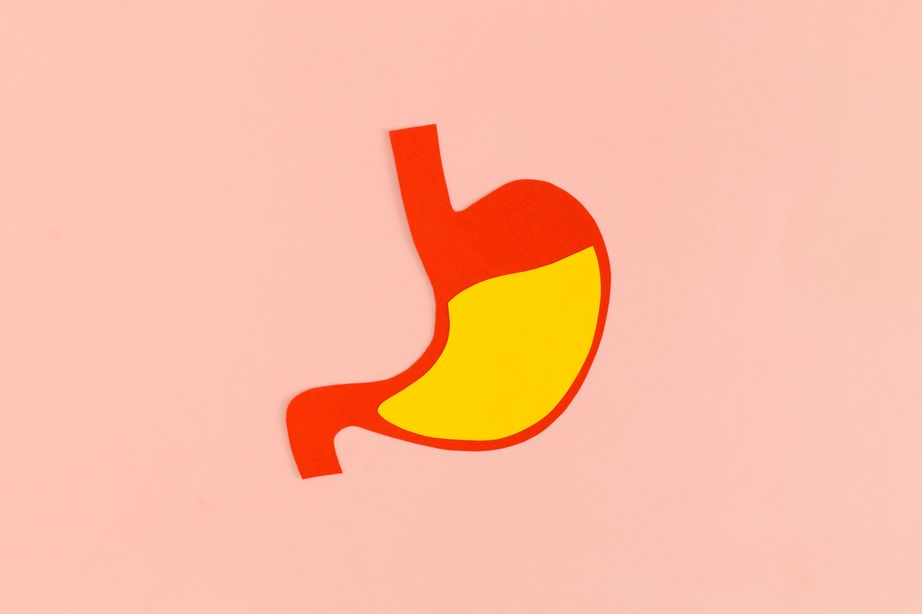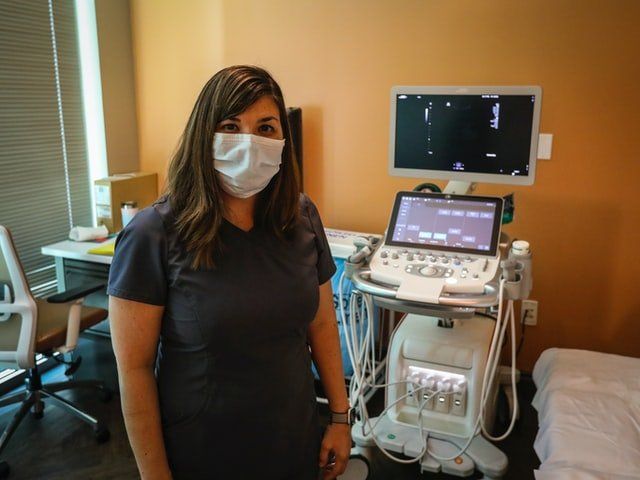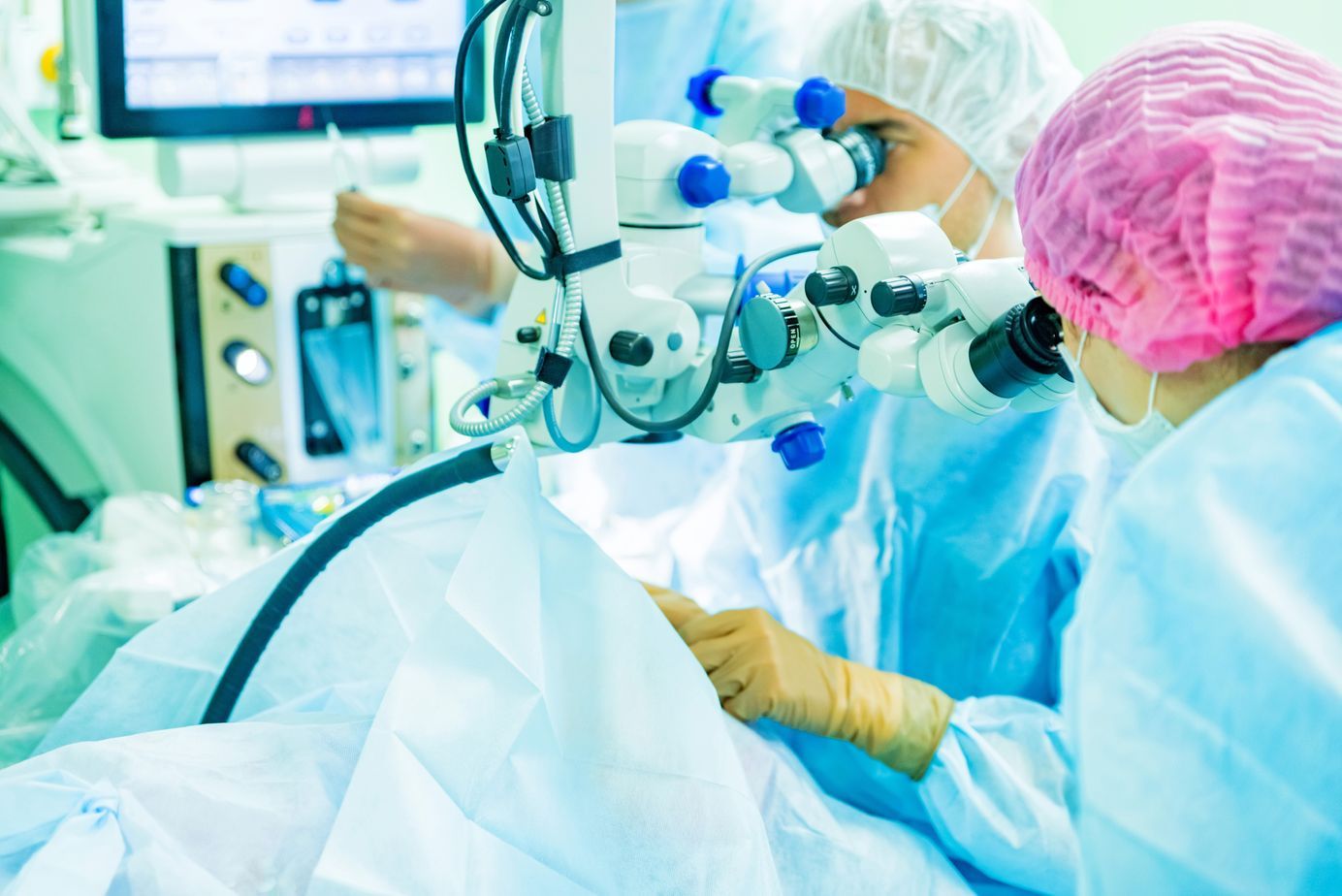What You Need to Know About Upper GI Endoscopy Procedures
Even the healthiest of people may contract some condition throughout their lifetime. In order to be prepared, one must know at least the basics of standard medical procedures on top of leading an active and healthy lifestyle.
Today, we'll be discussing the upper GI endoscopy.
What Is Upper GI Endoscopy?
Upper GI endoscopy is an imaging technique doctors use for determining or confirming diagnoses of diseases in the upper gastrointestinal tract.
Licensed professionals perform the procedure through an endoscope, a thin tube with a light and camera attached to it. Patients often undergo light sedation before this procedure. Some doctors may refer to this procedure as an EGD or esophagogastroduodenoscopy.
Another variation of upper GI endoscopy is endoscopic ultrasound, which features a small ultrasound transducer that allows the device to obtain high-quality ultrasound images of the organs inside the body.
Who Performs Upper GI Endoscopy?
A gastroenterologist, surgeon, or other qualified health care professionals typically perform upper GI endoscopy, endoscopic ultrasound, and other similar procedures.
You may get these procedures from your doctor's clinic, an outpatient surgery center, or the hospital. It depends on the professional overlooking your case.
Why Do You Need an Upper GI Endoscopy?
Doctors perform upper GI endoscopy to diagnose potential ailments or treat a pre-existing condition. The procedure focuses on the upper gastrointestinal tract.
Upper GI Endoscopy for Diagnosis
When used for diagnosis, upper GI endoscopy can help identify the cause for unexplained symptoms, such as nausea, vomiting, swallowing problems, and unexplained weight loss. Some of the conditions that upper GI endoscopy can detect are gastroesophageal reflux disease, cancer, gastritis, and celiac disease.
Some physicians may also recommend their patient undergo an upper GI endoscopy before pushing through with weight loss procedures without surgery, one of which is the endoscopic sleeve gastroplasty.
Upper GI Endoscopy for Treatment
Upper GI endoscopy isn't limited to diagnosis alone. Health care professionals also use the procedure for treatment, depending on the condition of the patient.
For one, upper GI endoscopy has been proven helpful in dealing with bleeding ulcers and removing items stuck in the upper gastrointestinal tract. Other doctors also use upper GI endoscopy to widen the esophageal structure so that food and liquids can pass through easily.
What Happens During an Upper GI Endoscopy?
The mechanics of the procedure varies depending on the doctor conducting it. However, it's typical for patients to receive some form of anesthesia (either local or general) or sedative to keep them comfortable and relaxed during the upper GI endoscopy.
Afterward, the patient will have to lie on their side as the doctor carefully inserts the endoscope down the esophagus and into the patient's stomach and duodenum. While the doctor performs a close examination of the video the camera sends out, their team will keep an eye on your vitals to ensure that you remain safe throughout.
What Is Recovery Like After Upper GI Endoscopy?
Upper GI endoscopies are outpatient procedures, so you won't need to stay overnight at the center, hospital, or clinic. Although, you may have to wait for one to two hours for the sedative to wear off.
Afterward, doctors generally recommend that patients rest for the next few days, especially when nausea hits. Some discomfort in the throat is to be expected as well.
Final Thoughts
An upper GI endoscopy is an outpatient procedure designed to diagnose and treat upper gastrointestinal tract conditions.
Patients who have to undergo this procedure for either reason should take the time to question their doctor about its intricacies. It would also do well to mention any existing ailments or medications since they can affect the procedure.
Dr. Michel Kahaleh is a world-renowned endoscopist in New Jersey who has an extensive background in the field. He's capable of performing a wide range of endoscopic procedures, including but not limited to
endoscopic ultrasounds, gastric balloon surgery, and gastroplasty. Book a consultation with us today!
CLINIC HOURS
- Mon - Fri
- -
- Sat - Sun
- Closed
Michel Kahaleh Gastroenterologist | All rights reserved










